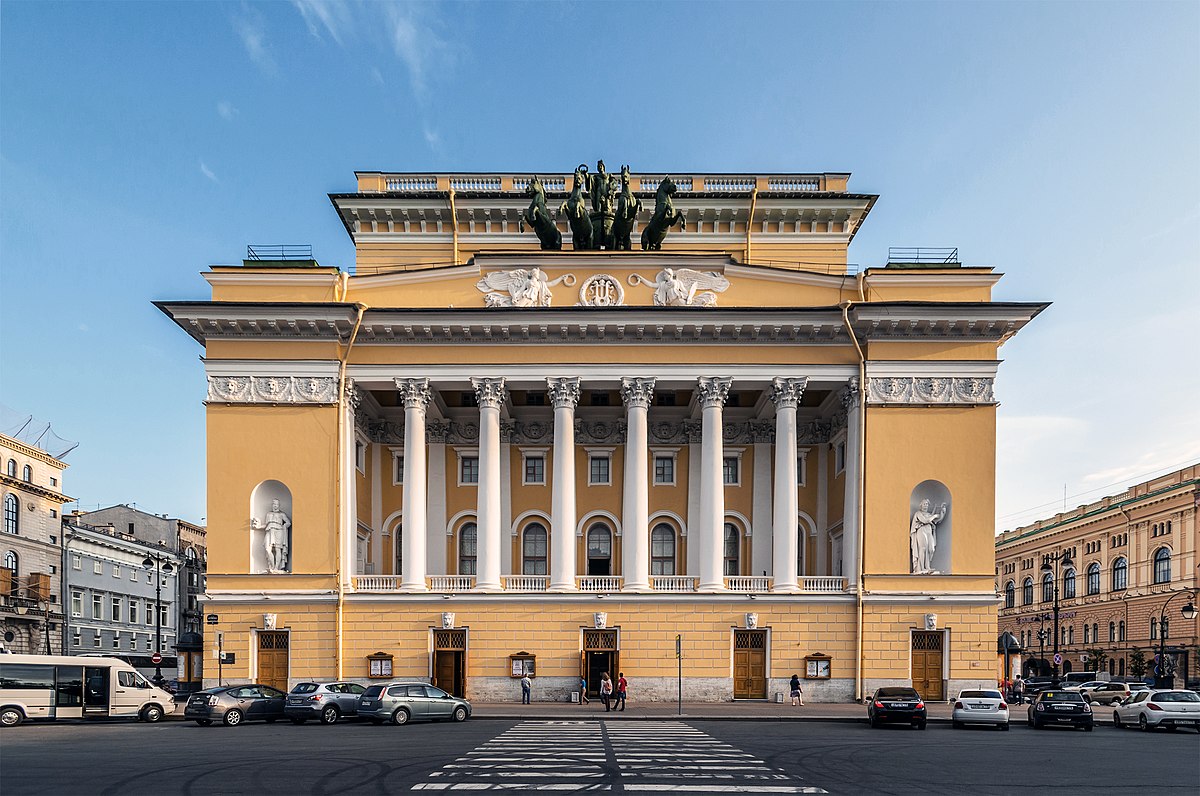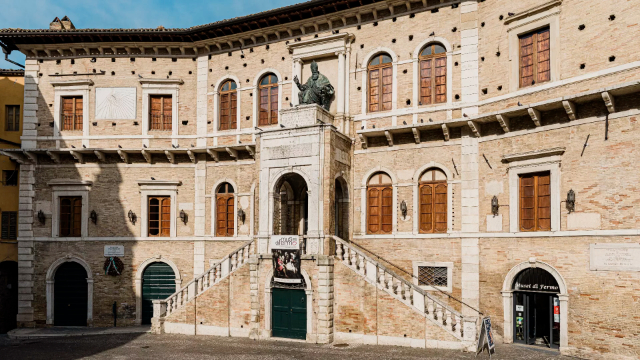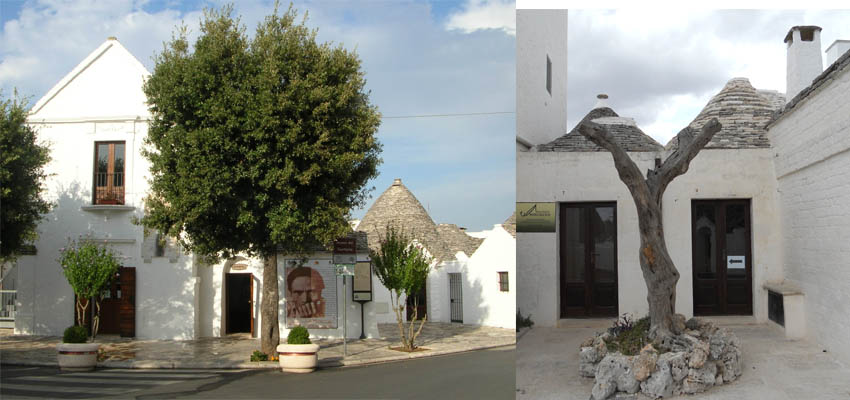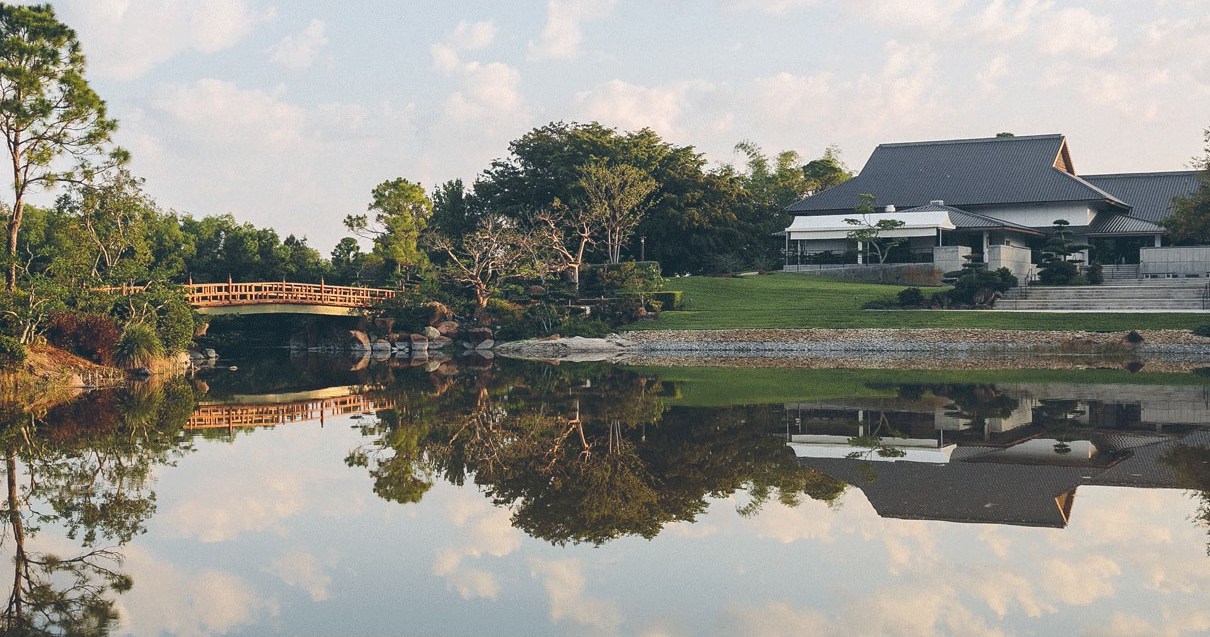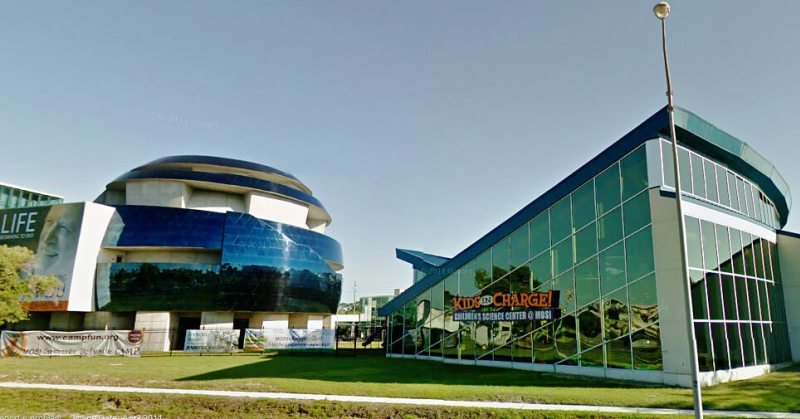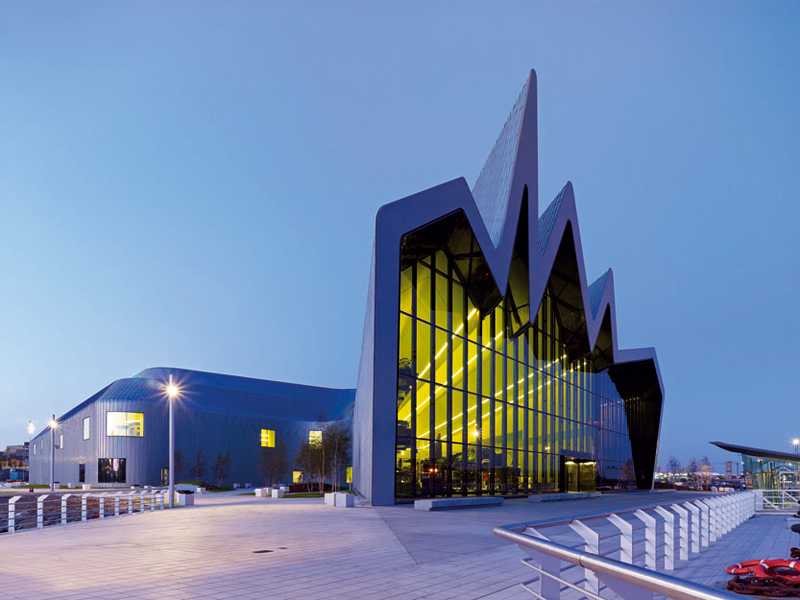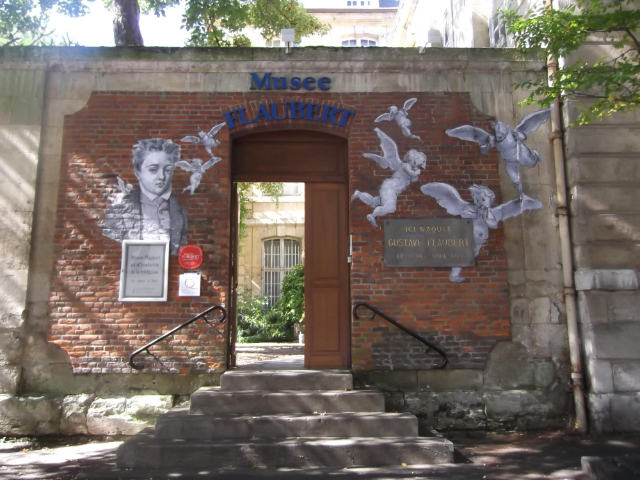.The theatre’s origins date back to 1756, when Empress Elizabeth issued a decree to found the Russian Theatre for the Presentation of Tragedies and Comedies, Russia’s first professional theatre. However, it was over seven decades before the company took up residence in Rossi’s superb building. The first theatre on the site was a wooden building adapted from a pavilion in the gardens of the Anichkov Palace by Vincenzo Brenna in 1801 for the Italian impresario Antonio Casassi. This was soon bought by the state, and renamed the Maly (“small”) Theatre.
The building proved too small, however, for the rapidly growing number of theatergoers in St. Petersburg. The decision was taken to replace the building with a larger, stone theatre, and French architect Thomas de Thomon presented his design in 1811. The invasion of Russia by Napoleon’s forces prevented this project being realized, and another architect of French origin, Carl Mauduit, was the next to propose designs, not just for the new theatre but for the whole area between Nevsky Prospekt and Ulitsa Lomonosova, Sadovaya Ulitsa and the Fontanka River. Although his plans were approved in 1816, he proved unequal to the task, and Carlo Rossi took over the assignment.It was a project that would occupy the Italian for over twenty years. The theatre, completed in 1832, became the central and dominant structure in his designs, which included the Russian National Library and the Directorate of the Imperial Theatres (next to the Alexandrinsky and now home to the Museum of Theatrical and Musical Art). Named in honour of Alexandra Fyodorovna, wife of Nicholas I, the Alexandrinsky Theatre was painted in the yellow-and-white colour scheme that became de rigueur for neoclassical buildings in St. Petersburg. The building was decorated with sculptures by Stepan Pimenov and Vasily Demuth Malinovsky, who had also provided decoration for Rossi’s General Staff Building. For the Alexandrinsky’s main facade they created a statue of Apollo’s chariot for the pediment, and figures of Melpomene and Thalia, the muses of tragedy and comedy respectively, for the niches. So impressed was Nicholas I with Rossi’s work that the architect was granted his own box in the theatre in perpetuity. Unfortunately, financial difficulties obliged him to rent out the box, and when the Emperor discovered, his right was soon forfeited.
Inside the theatre, the carving of the Tsar’s Box and a few other boxes are all that remain from Rossi’s planned decorations, many of which were never realized. The rest of the original interiors were remodeled in the second half of the 19th century. With space for an audience of 1,378, the Alexandrinsky was one of the biggest theatres in Europe when it opened, and praised for its superb acoustics. Initially it was used for performances of drama, opera and ballet by the Imperial Theatre Companies, and it was only after the completion of the Mariinsky Theatre that it began to specialize only in drama. As such, it was the site of the premieres of many of the greatest works in the canon of Russian drama, including the plays of Alexander Griboedov, Alexander Ostrovsky, and Anton Chekhov.In the Soviet era, the theatre came to be known as the Pushkin State Drama Theatre, still its second official title. Among the great directors to work at the theatre were Vsevolod Meyerhold and Georgy Tovstonogov. Their successor is the current Artistic Director, Valery Fokin, one of the most respected and influential directors currently working in Russian theatre. Reopened after extensive renovations in 2006, the Alexandrinsky Theatre is rightly considered the home of Russian drama, and continues to produce lavish and technically impeccable performances of Russian and world theatre classics.
